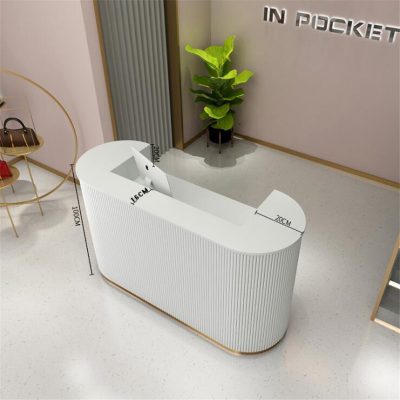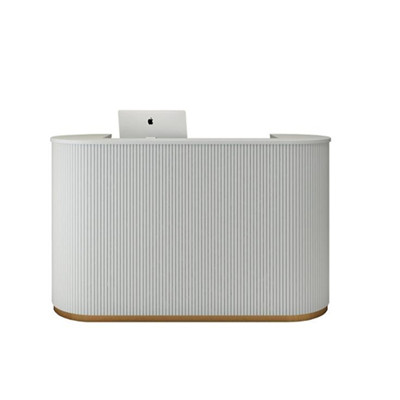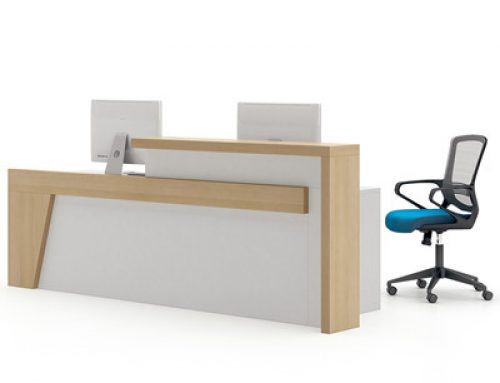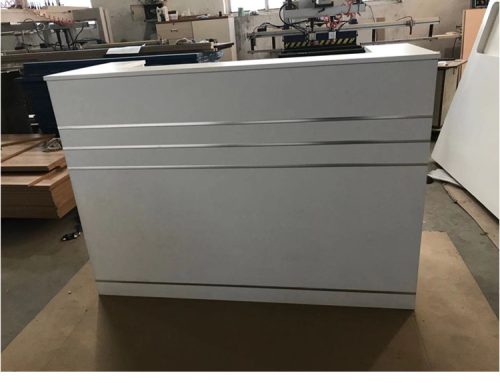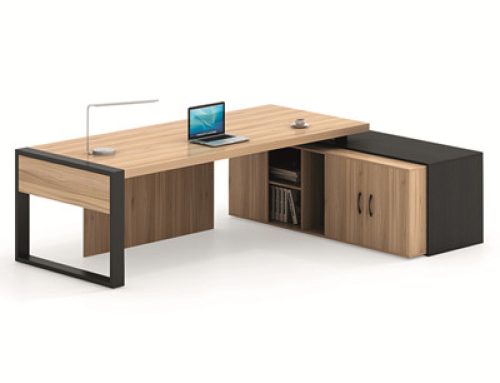Creating a comfortable experience for your guests when navigating visitor chair options involves a combination of thoughtful design, clear communication, and accommodating their needs. Here’s how you can ensure your guests have a pleasant and seamless experience:
- Clear Signage and Directions: If you have multiple seating areas or types of chairs, provide clear signage or directions to guide your guests to the appropriate seating area. This prevents confusion and helps them find comfortable seating quickly.
- Diverse Seating Options: Offer a variety of visitor chairs to cater to different preferences and needs. Some guests might prefer plush, cushioned chairs, while others might prefer more streamlined and modern options. Having a range of options allows guests to choose what suits them best.
- Comfortable Waiting Area: If your space includes a waiting area, make sure it’s equipped with comfortable chairs. Provide seating that allows guests to relax while they wait, whether that’s for a meeting, appointment, or event.
- Accessibility Considerations: Ensure that your seating options are accessible to all guests, including those with mobility challenges. Offer chairs with appropriate height, armrests, and support for easy entry and exit.
- Open Layout for Interaction: If the space is designed for networking or socializing, consider arranging chairs in a way that encourages interactions. Open layouts with grouped seating can promote conversations and connections.
- Informational Materials: If your space serves as a reception area, provide informational materials or brochures about the space, its amenities, and any events or activities taking place. This can give guests something to read while they wait.
- Adequate Spacing: Make sure there’s enough space between chairs to ensure guest privacy and comfort. Crowded seating arrangements can lead to discomfort.
- Natural Lighting and Ventilation: Whenever possible, position visitor chairs near windows or areas with good natural lighting and ventilation. This enhances the overall comfort of the space.
- Personal Space: Respect personal space by arranging chairs at a comfortable distance from each other. This prevents guests from feeling cramped or invaded.
- Easy Movement: Ensure that there’s enough room for guests to move around comfortably, whether they’re transitioning from one chair to another or walking within the space.
- Welcoming Atmosphere: Consider incorporating elements like plants, artwork, or soothing colors that create a welcoming and calming atmosphere, contributing to the overall comfort of the space.
- Quality Materials: Choose chairs made from high-quality materials that provide both comfort and durability. Uncomfortable seating can leave a negative impression on guests.
- Feedback Collection: Regularly gather feedback from guests about their experience with the seating options. This can help you identify areas for improvement and make necessary adjustments.
Remember, the goal is to make your guests feel valued, comfortable, and at ease when navigating through the visitor chair options in your space. Thoughtful design and attention to their needs can go a long way in creating a positive and welcoming experience.
